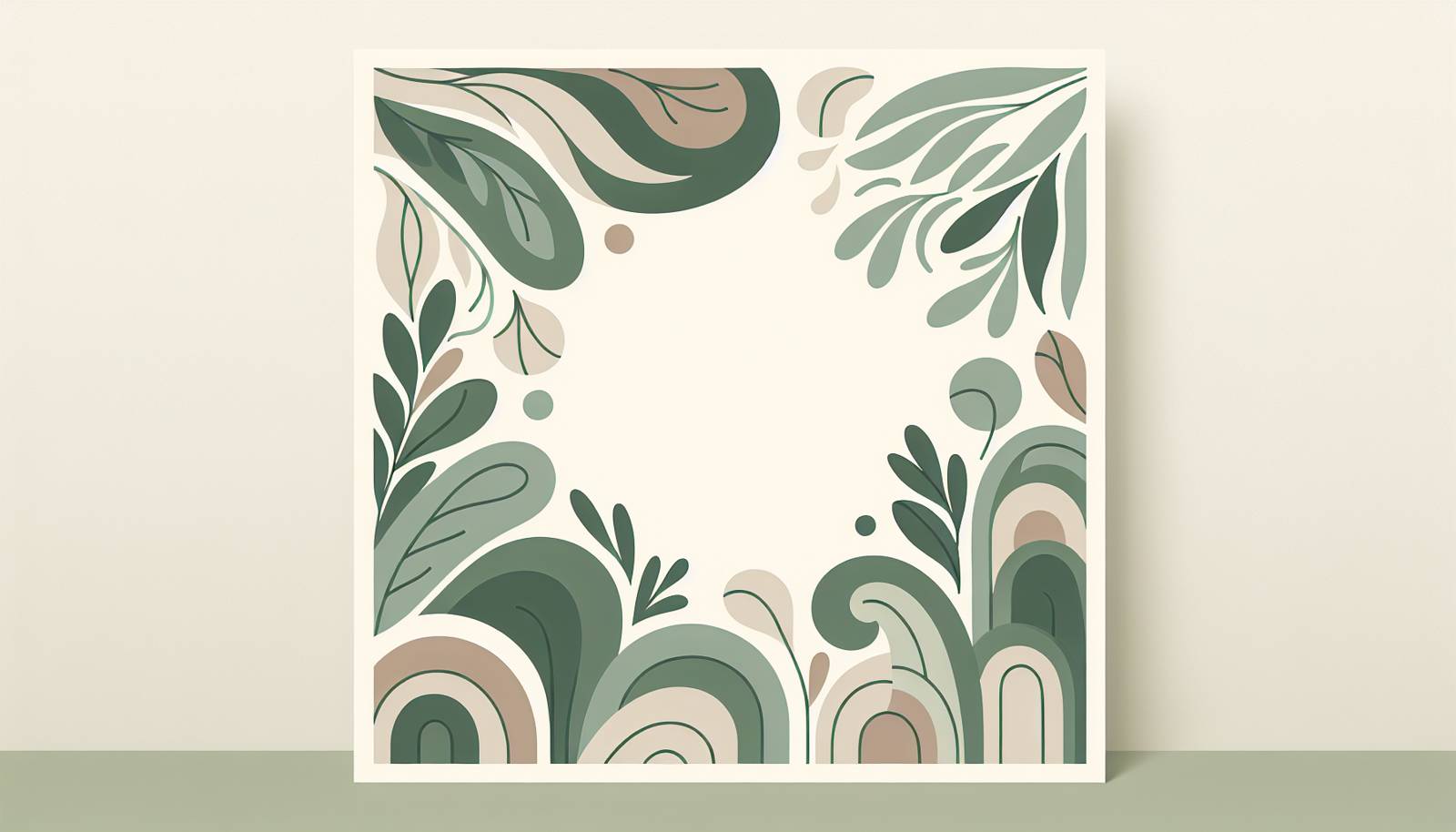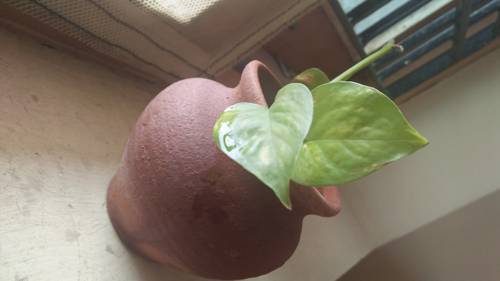
FAQ About Choosing the Right Pots and Containers for Indoor Plants

What materials are commonly used for indoor plant pots?
Common materials used for indoor plant pots include plastic, ceramic, terracotta, metal, and wood. Plastic pots are lightweight and often less expensive but may not provide the best air circulation. Ceramic pots are heavier and come in glazed and unglazed options, offering better aesthetics. Terracotta is porous and allows for excellent airflow, but they can dry out quickly. Metal pots provide a modern look but can heat up quickly, potentially harming roots. Wood planters offer a rustic appearance and good moisture retention but may require more maintenance to prevent decay.

How do I determine the right pot size for my indoor plant?
Choosing the appropriate pot size depends on the plant's current size and growth needs. As a rule of thumb, the new pot should be 1-2 inches larger in diameter than the root ball for small plants and 2-4 inches for larger plants. A pot that's too large can lead to waterlogging, while a pot that's too small can stunt growth. Regularly check if roots are growing out of the drainage holes or becoming tightly packed, as these are signs it might be time to repot.

Why is drainage important in plant pots?
Drainage is crucial for preventing waterlogged soil, which can lead to root rot—a common issue for indoor plants. Drainage holes allow excess water to escape, providing your plant with a balanced moisture level. If a pot lacks adequate drainage, it can be improved by adding a layer of gravel at the bottom or using a pot insert. Always ensure that pots have drainage holes or use a well-draining soil mix to maintain plant health.

Can I use decorative pots without drainage holes?
Yes, you can use decorative pots without drainage holes, but extra care is needed to prevent overwatering. One method is to use a nursery pot with holes inside the decorative pot, allowing for easy removal and watering. Alternatively, you can apply a layer of pebbles to the bottom of the pot to catch excess water. Ensure you monitor the plant closely for signs of overwatering, such as yellowing leaves or soft stems.

What aesthetic considerations should I keep in mind when selecting a pot?
When selecting a pot, consider the overall decor of your room, the plant's size, color, and texture, and the pot's material and color. Aesthetically, the pot should complement both the plant and its surroundings. The pot's design, whether minimalist, rustic, or ornate, can enhance the look of the space. It's important to balance style with function to ensure that the pot also meets the plant's needs for growth and health.

How do different pot materials impact plant health?
The material of the pot can significantly affect plant health by influencing air and moisture dynamics. Terracotta pots are porous and promote air circulation, reducing the risk of root rot. Ceramic and plastic tend to retain moisture longer, which can be beneficial in dry environments but risky in humid conditions. Metal can heat up and cool down quickly, impacting root systems, while wooden pots maintain moisture but require monitoring for decay.

Are there specific pots recommended for succulents?
Succulents thrive in pots that offer excellent drainage, such as those made from terracotta or unglazed ceramic, as these materials help prevent soil from staying too wet. The pots should have drainage holes to further aid in water drainage. It's also beneficial to use a well-draining soil mix tailored for succulents to prevent water accumulation around the roots.

What is the advantage of self-watering pots?
Self-watering pots are designed to provide a consistent moisture supply, making them ideal for busy individuals or plants that require specific moisture levels. These pots have a reservoir at the bottom that supplies water to the plant roots through capillary action, reducing the risk of over- or under-watering. However, they require regular refilling and inspection to ensure they're functioning properly.

Can I repurpose household items as plant containers?
Yes, many household items can be repurposed as plant containers, such as teapots, mugs, buckets, or old tin cans. Before using them, ensure they are clean, have adequate drainage, and suit the plant's size and growth needs. Creative recycling of household items can add unique aesthetic value to your plant display and is an eco-friendly practice.

How can I enhance pot drainage if my pot does not have holes?
If your pot doesn't have drainage holes, you can enhance drainage by placing a layer of stones or gravel at the bottom of the pot. This layer helps keep the plant's roots from sitting in water. Additionally, you might want to water the plant sparingly and ensure that excess moisture can evaporate properly. Using a well-draining soil mix can also help reduce water retention.

Are there pots specifically designed for hanging plants?
Yes, there are pots specifically designed for hanging plants, often referred to as hanging baskets. These pots usually come with a built-in hanging mechanism and are available in various materials like plastic, ceramic, or metal. They typically have built-in drainage solutions to accommodate the needs of trailing and cascading plant species. Choose lightweight materials for ease of hanging and stability.

How often should I change the pot for my indoor plant?
The frequency of changing pots depends on the plant's growth rate and root development. On average, repotting is recommended every 1-2 years for most indoor plants to refresh soil nutrients and provide more space for growth. Fast-growing plants might require more frequent repotting, while slow growers can stay in the same pot longer. Look for signs such as roots growing through drainage holes or stunted growth as cues to repot.

What are the benefits of using terracotta pots for indoor plants?
Terracotta pots offer several benefits for indoor plants. They are porous, allowing for good air circulation and preventing the soil from staying too damp, reducing the risk of root rot. This natural material provides an earthy look that complements many interior styles. However, terracotta can dry out quickly, so plants in these pots often require more frequent watering.

Can I paint my plant pots, and does it affect the plants?
Yes, you can paint your plant pots to match your decor or add a personal touch. When painting, ensure that the materials used are non-toxic and safe for plants. Acrylic paints are commonly used for this purpose. Avoid painting the interior of the pot, as this can affect soil breathability and water drainage. Properly painted pots offer aesthetic enhancements without harming the plant's health.

How do I prevent soil leakage through the pot's drainage holes?
To minimize soil leakage through drainage holes, you can place a piece of landscape fabric or coffee filter at the bottom of the pot before adding soil. This layer will help retain soil while still allowing water to drain effectively. Another option is to use specialized potting soil mixes that are less prone to breaking down and washing out through the holes.

Is there a way to reduce the weight of heavy plant pots?
To reduce the weight of heavy plant pots, consider using lightweight materials like plastic for the pot itself, or fill larger pots with lighter fillers such as Styrofoam peanuts at the bottom before adding soil. This approach minimizes the amount of soil required and lightens the overall weight while maintaining sufficient depth for the roots. Ensure that fillers do not block drainage.

What are the special considerations for glass plant pots?
Glass pots provide a clear view of the soil and root structure, offering aesthetic appeal and easy monitoring of plant health. However, they lack drainage, so it's important to use an inner pot with holes inside the glass pot or ensure careful watering practices to avoid waterlogging. Glass can also increase light exposure, which may or may not be beneficial depending on the plant species.

Do certain plants require specific types of pots?
Yes, certain plants can benefit from specific types of pots due to their unique needs. For example, cacti and succulents prefer pots with excellent drainage such as terracotta. Orchids often thrive in specialized orchid pots with generous holes for airflow. Research the specific requirements of your plant to choose the most suitable pot, considering factors like moisture, size, and air flow.

How can I improve plant growth using the right pot?
Selecting the right pot can create optimal conditions for plant growth by ensuring adequate space, proper drainage, and suitable material. A pot that matches the plant's growth needs can prevent common issues like waterlogging or root congestion. By choosing a pot that aligns with the plant's specific requirements, such as material for breathability or size for space, you optimize the plant's environment for healthier growth.

What should I do if my potting soil retains too much moisture?
To manage soil that retains too much moisture, first ensure that your pot has proper drainage. You can improve soil aeration by mixing in materials such as perlite or coarse sand that enhance drainage properties. Check your watering routine to ensure you are not overwatering. Additionally, ensure that your plant receives adequate light and air circulation to aid in moisture evaporation.
